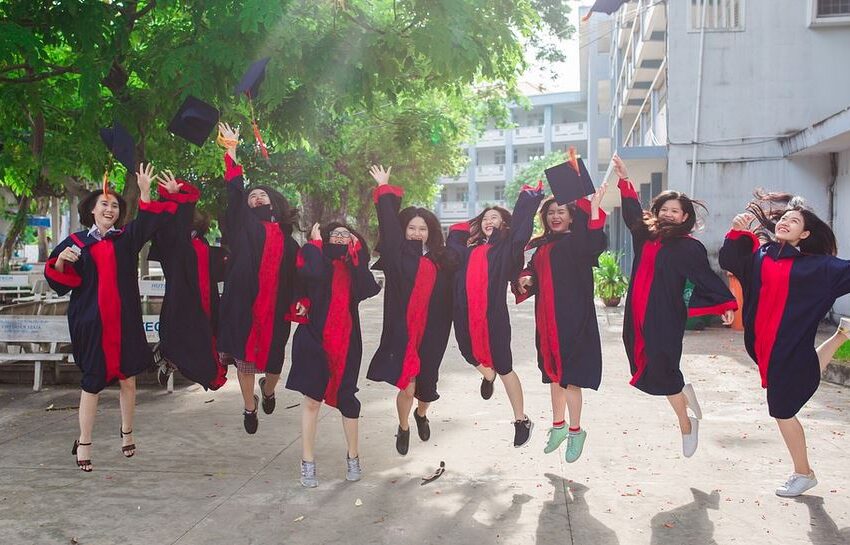The Role of Critical Thinking in 21st Century Education

In the fast-paced, ever-evolving landscape of the 21st century, education has undergone a significant transformation. No longer is it enough for students to simply memorize facts and regurgitate information; instead, the focus has shifted towards developing skills that empower learners to navigate the complex challenges of the modern world. At the forefront of this shift is the crucial role of critical thinking. This article explores why critical thinking is paramount in 21st-century education, its benefits, and how it can be integrated into the classroom.
The Changing Educational Paradigm
The 21st century is characterized by rapid technological advancements, globalization, and an information-rich environment. These changes have given rise to a demand for individuals who can adapt, analyze, and make informed decisions. Traditional educational models, which prioritized rote learning, are no longer sufficient in preparing students for success in this new era.
What Is Critical Thinking?
Critical thinking can be defined as the ability to think clearly and rationally, understanding the logical connection between ideas. It involves open-mindedness, inquisitiveness, and the capacity to evaluate and solve problems systematically. In essence, critical thinking goes beyond memorization; it encourages students to question, analyze, and synthesize information.
The Benefits of Critical Thinking in Education
- Problem-Solving: Critical thinking equips students with the skills to identify, analyze, and solve complex problems effectively. This skill is invaluable in both academic and real-world scenarios.
- Informed Decision-Making: In an era of information overload, the ability to critically evaluate sources, discern fact from fiction, and make informed decisions is essential.
- Creativity and Innovation: Critical thinking fosters creativity by encouraging students to explore unconventional solutions and think outside the box.
- Communication: The ability to express ideas clearly and persuasively is enhanced through critical thinking. Students learn to articulate their thoughts and engage in constructive dialogue.
- Lifelong Learning: Critical thinking is a foundation for lifelong learning. It encourages curiosity and the desire to continuously seek knowledge.
READ MORE: Top 5 Business Loans for Women Entrepreneurs in India: Funding Your Growth
Integrating Critical Thinking in the Classroom
- Questioning Techniques: Encourage students to ask questions and provide opportunities for open-ended discussions. This helps them develop their own inquiries and explore topics deeply.
- Problem-Based Learning: Utilize real-world problems as the basis for learning activities. This allows students to apply critical thinking skills to practical situations.
- Encourage Diverse Perspectives: Create an inclusive classroom environment where different viewpoints are valued. This fosters critical thinking by challenging assumptions.
- Use Socratic Method: Encourage students to analyze, question, and discuss ideas in a structured manner, promoting deeper understanding.
- Collaborative Learning: Group activities and projects can stimulate critical thinking as students engage in collective problem-solving.
Conclusion
In the 21st century, education is no longer confined to memorizing facts and figures; it is about equipping students with the skills they need to thrive in a dynamic, information-driven world. Critical thinking is a cornerstone of this modern educational paradigm, empowering learners to question, analyze, and adapt. By emphasizing critical thinking in the classroom, educators play a pivotal role in shaping students into informed, creative, and adaptable individuals ready to meet the challenges of the future. As we move forward, it is clear that the role of critical thinking in education is more vital than ever.


